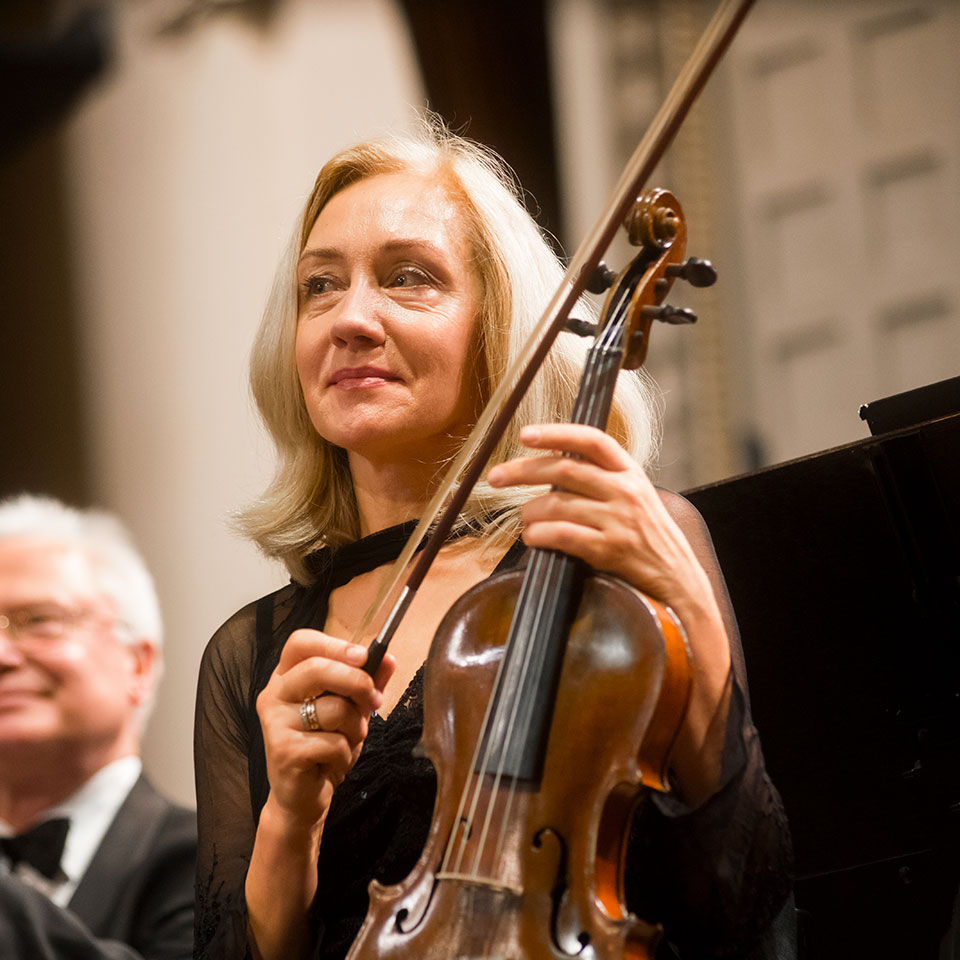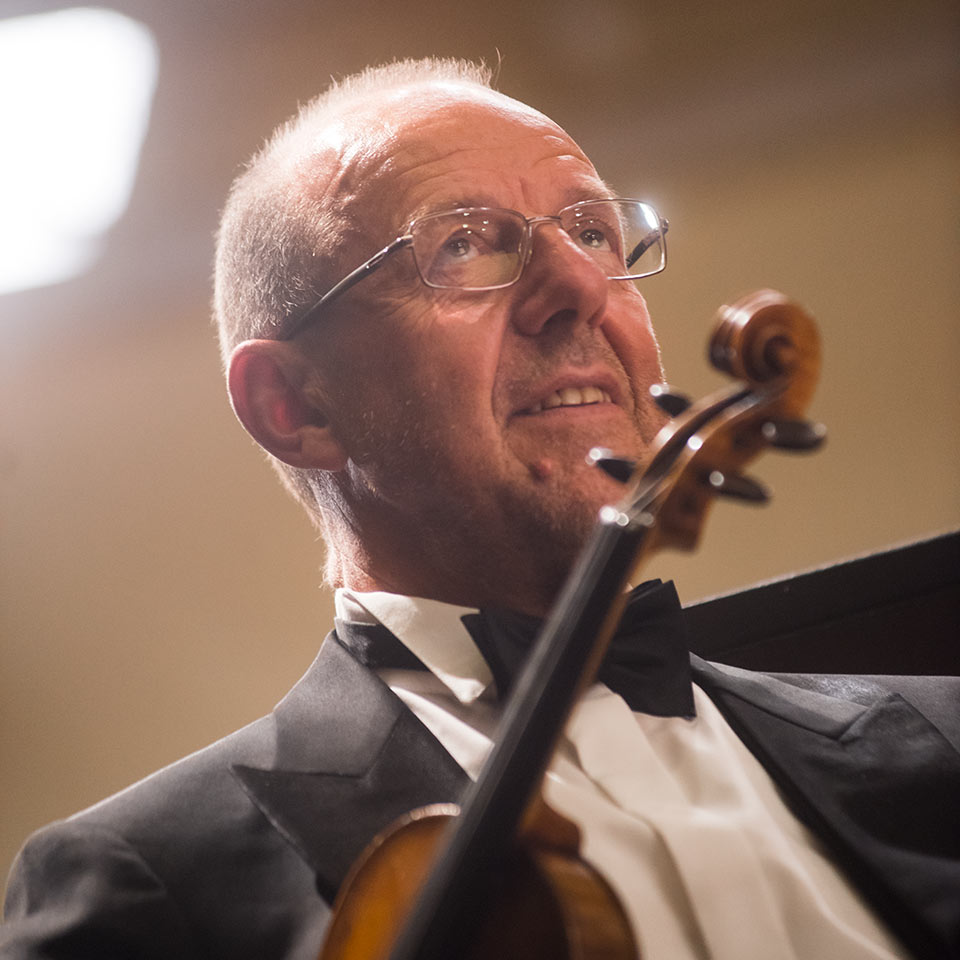FRANZ SCHUBERT
Symphony No. 8 in B minor, D. 759 (Unfinished)
When Franz Schubert, the Austrian romanticist, began writing his Eighth Symphony, he composed two movements and began working on the third, but eventually put the manuscript aside. Although he lived for another six years, composed many other works, even a new symphony, he never returned to this score. The Symphony, written in 1822, is known as Unfinished. However, it is still being argued, that perhaps two movements were enough for the composer to realise all of his ideas. The Symphony’s both movements are of a similar character. Only the first is more dramatic, and the second – dreamier. The first movement (Allegro moderato) presents two lyrical, non-contrasting themes. They are both of vocal nature and texture. The main, elegiac, theme is performed by the clarinet and oboe, and the second theme, played by cellos and later violins, is melodic, reminiscent of dance. The themes of the second movement (Andante con moto) are even more poetic and sunny. One detects the variational approach in the musical patterns and enjoys a rich display of orchestral timbre possibilities. The second movement, i.e. the entire symphony, ends calmly and majestically.
Conducted by Maestro Modestas Pitrėnas, F. Schubert’s Unfinished Symphony is performed by the Lithuanian National Symphony Orchestra.
PUBLISHED: 2018-10-06
ORCHESTRA: LITHUANIAN NATIONAL SYMPHONY ORCHESTRA
CONDUCTOR: MODESTAS PITRĖNAS





